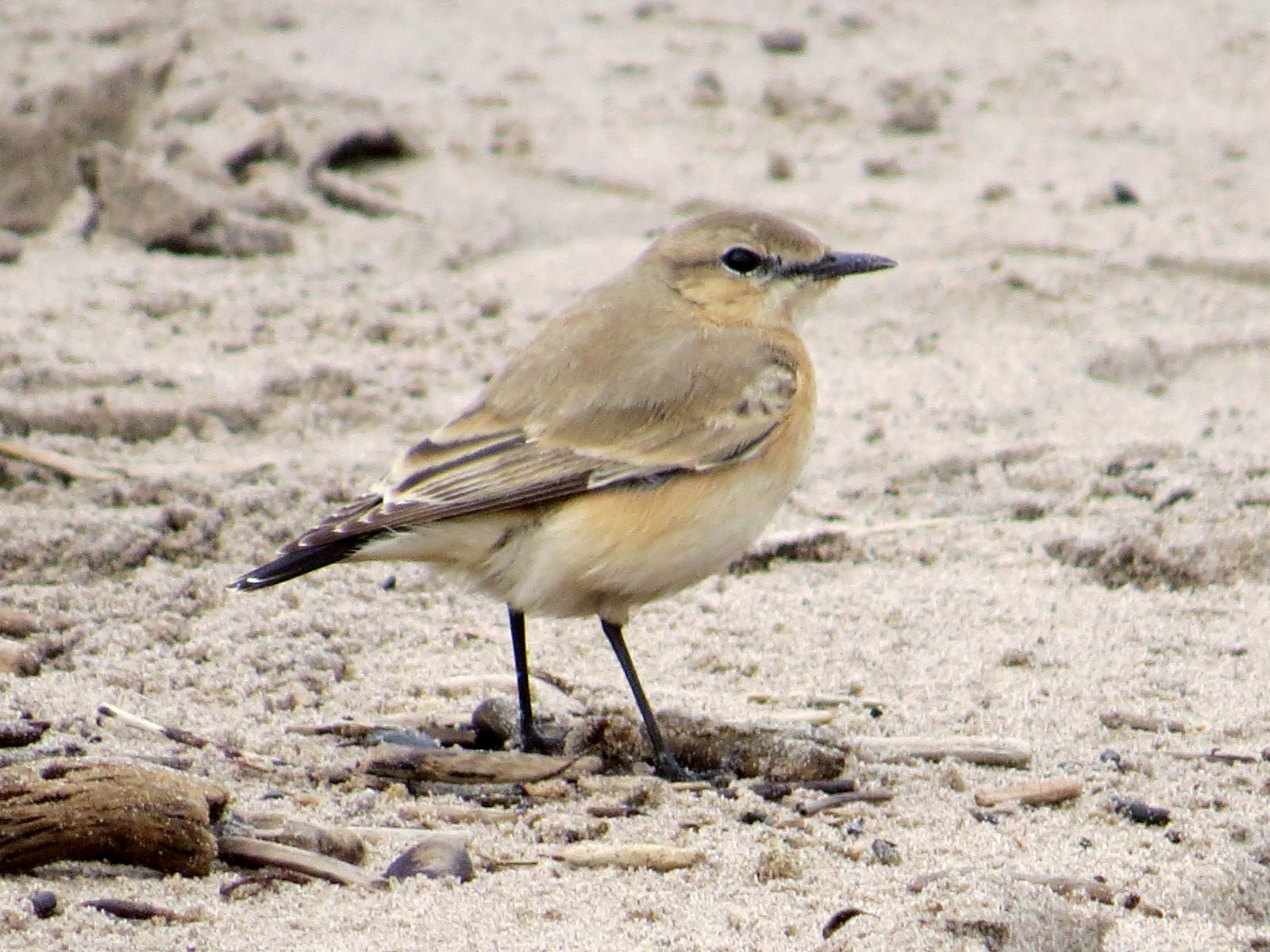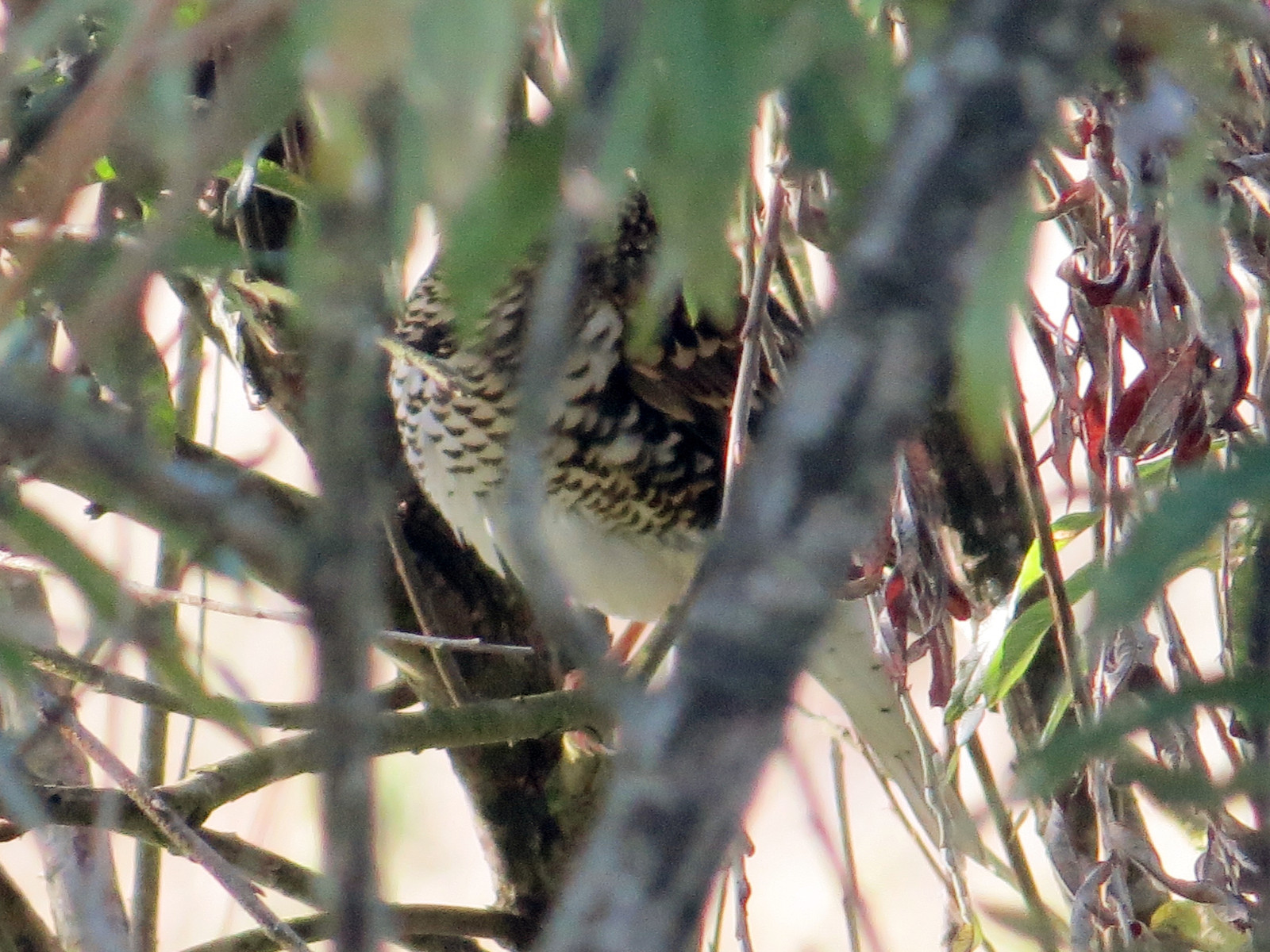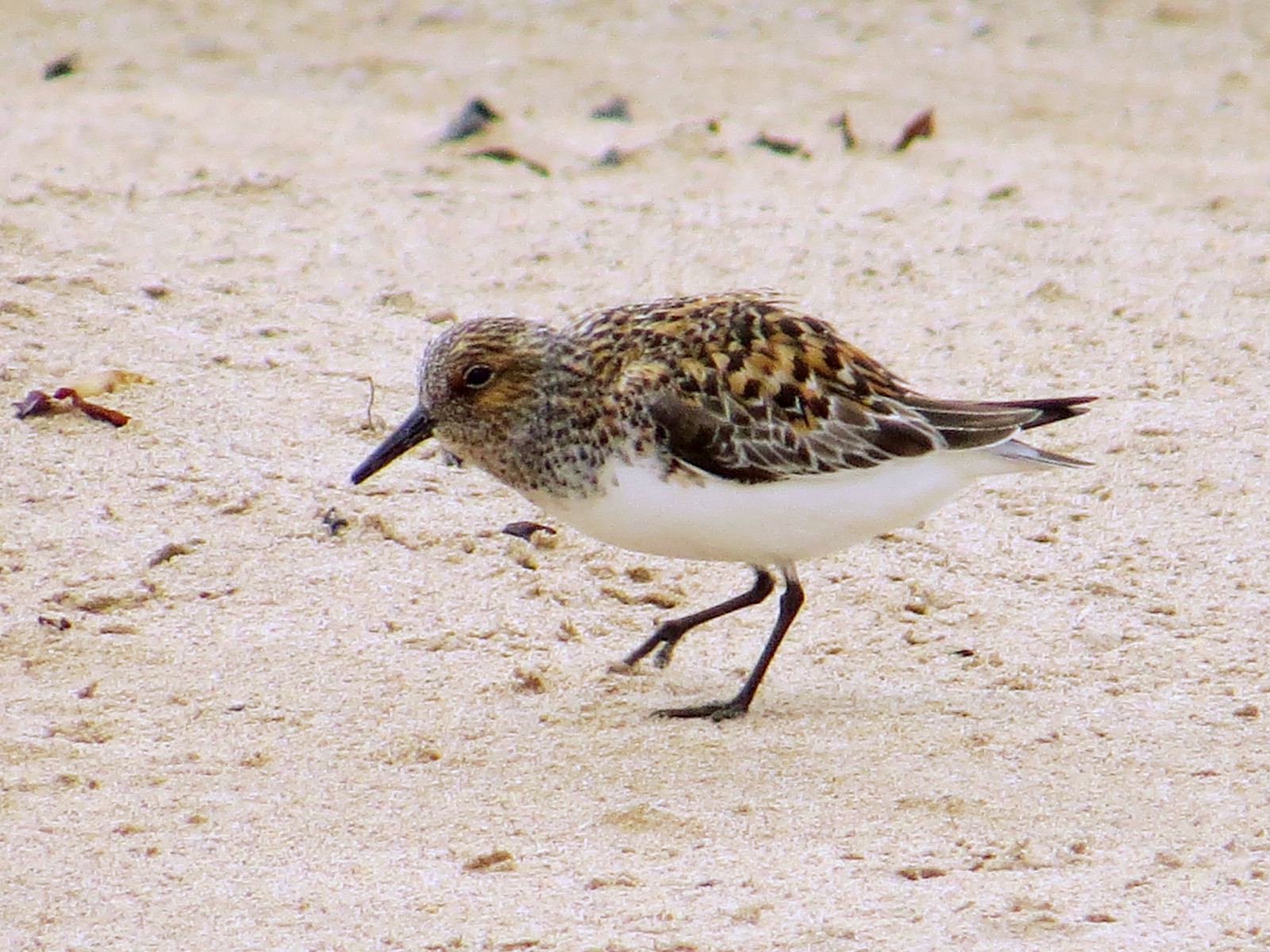Descripción
Holy Island is a tidal island off Northumberland’s coast that becomes inaccessible when the tide covers its causeway. When it is safe to cross the causeway, it is a great destination for birders. Holy Island is part of the Lindisfarne National Nature Reserve, and considered to be one of the best birdwatching sites in Northumberland, with a large range of resident and visiting birds throughout the year. It is a regional hotspot for migrants in spring and autumn. Check tide tables before visiting (see the link below).
The island and the adjacent mudflats are the wintering range for almost the entire Svalbard population of Pale-bellied Barnacla Carinegra, and are also important for Ánsar piquicorto and Cisne Cantor, along with large numbers of ducks (notably Tarro Blanco, Silbón Europeo, Cerceta Común, Ánade rabudo norteño) and waders (Chorlito Gris, Correlimos Gordo, Correlimos Común, Aguja Colipinta, Archibebe Común, and many others). In late May, the north shore is a major staging post for large flocks of Chorlitejo Grande and Correlimos Tridáctilo heading for the high arctic, while Correlimos Zarapitín and Correlimos Menudo can often be found in late summer and autum. The large autumn flocks of Chorlito Dorado Europeo in the fields are also worth checking carefully for regular vagrant Chorlito Dorado Americano; Chorlito Dorado Siberiano has also been recorded several times.
In October and November, look for large arrivals of thrushes, mostly Zorzal Alirrojo and Zorzal Real, but also Zorzal Común and Mirlo Común, and a few Mirlo Capiblanco; the fields around the Straight Lonnen often have the largest numbers. At the same time, the hedges on the Straight Lonnen and the scattered bushes in the dunes often have many warblers and chats, with Curruca Capirotada, Mosquitero Común and Colirrojo Real the most conspicuous, but also regularly other species like Mosquitero Bilistado, Mosquitero de Pallas, Curruca Gavilana, Papamoscas Papirrojo, Papamoscas Cerrojillo, and Ruiseñor Pechiazul.
Recent rarities have included Ánsar Campestre, Ánsar Campestre de la Tundra, Zampullín Cuellirrojo, Gaviota de Sabine, Colimbo de Adams, Cernícalo Patirrojo, Alcaudón Pardo, Alcaudón Chico,Mosquitero Boreal, Mosquitero Verdoso, Mosquitero sombrío, Buscarla de Pallas, Curruca Sahariana, Estornino Rosado, Zorzal de White, Ruiseñor Coliazul, Collalba Isabel, Escribano Pigmeo.
Detalles
Accesso
Signposted east off the A1 at Beal; head east for 8 km on minor raod, across tidal causeway. Parking on left just before entering village. Limited parking off road in western part of the island. Nearest train station is Berwick, 12 km north. Possible to cycle but research before trying. On the map below you see a selection of walks around the island.
Terreno y habitat
Árboles y arbustos dispersos , Pradera , Humedal , Llanura , Brezales , Mar , Lago , Playa , Dunas , Cañizos , Pisos de barro , AgriculturaCondiciones
Plano , Paisaje abierto , Nivel del agua alto probable , ArenosoCamino circular
Sí¿Se necesita telescopio?
Puede ser útilBuena época para el avistamiento de aves
Todo el añoMejor momento para visitar
Migración de primavera , Migración de otoño , Invierno , Primavera , Otoño , VeranoRuta
Camino pavimentado , Camino ancho , Camino sin asfaltar , Camino estrechoCamino difícil de andar
Caminata mediaAccesible vía
Bicicleta , A pieEscondite de observación / plataforma
SíInformación extra
Holy Island is also known as Lindisfarne. Single bird hide overlooking The Lough (a small lake on the east side of the island). Viewpoint over small wetland (good for waders) on path from village to castle. Paths criss-cross the island and various circular walks can be made. Stay on marked paths as far as possible. Cattle graze the dunes. One site worth visiting is the Vicar's garden, in the SW corner of the village across the lane from the church (look over the wall from the adjacent pony field); vagrant warblers can be seen here after east winds in migration periods.



